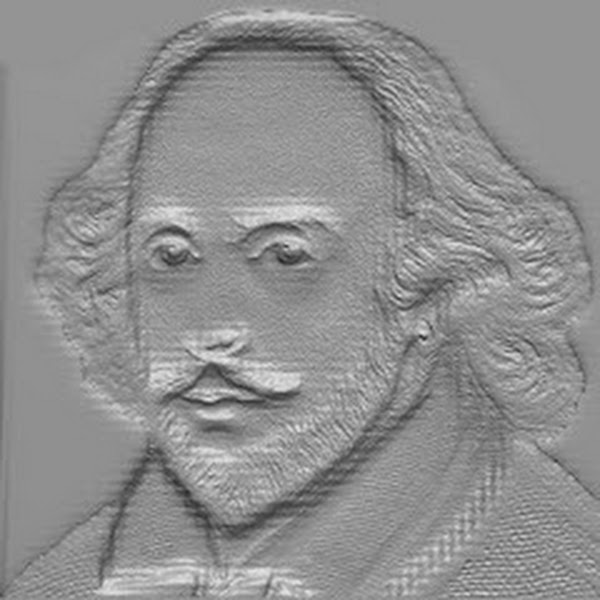Critical Appreciation of My Last Duchess by Robert Browing.
“My Last Duchess” is the first poem of the volume Dramatic Lyrics that was published in 1842 by the title “Italy”. Seven years later, the title was changed to “My Last Duchess” in 1849.
The poem is based on a historical Italian nobleman, Alfonso II who was the fifth Duke of Ferrara at the time of decadent Italian Renaissance. This notorious nobleman imprisoned Italian Renaissance poet Torquato Tasso.
The poem is seemed to be written on the Nikolaus Madruz of Innsburck who arranged Alfonso’s second marriage with the daughter of the Count of Tyrol.
However, Robert Browning, the boss of Dramatic Monologue has created the poem excellently and tried to explore the dark reality behind the Italian Renaissance nobility.
The poem is a dramatic monologue. Here the speaker is the Duke and the silent listener is the emissary. The poem maintains the tradition of the dramatic monologue and that is the abrupt beginning. The poem starts somewhere in the middle of the poem “That’s mu last Duchess painted on the wall”.
The emissary comes to the Duke to negotiate for his second marriage. The Duke brings the negotiator to the second floor of his art gallery to give him some idea of his art treasures and his likings.
Thus the poem starts abruptly keeping secret the identity of the speaker and the listener or listeners though as the story goes on, we understand who the speaker and the listener are. This abrupt beginning is one of the features of dramatic monologue that helps the poet to create suspense and that is the essence of dramatic monologue.
By managing several dramatic turns, Browning begins the poem dramatically. Duke removes the curtain from the portrait of his first wife and calls the negotiator to look and contemplate at his wife’s ‘earnest glance’ and ‘spot of joy’. Duke indicated to the painter Fra Pandolf’s skill in painting the facial expression.
Here dramatic change takes place. He goes from the annoying mood to the appreciation of the beauty of the lady in the portrait. He says that he suffered from the Duchess’s negligence to his social dignity. He says that his first wife was very generous to everybody. She offered a beautiful smile to her husband, Duke but the problem is that she offered the same smile to others who came before her. The Duke considers it as negligence to his social rank. So, he accuses and killed her.
In this time, the poet has created a nice dramatic twist. The Duke now suddenly talks over his demand for dowry from the would-be second wife’s father. He appreciates the generosity of the bride’s father. Then the Duke continues to praise a sculpture of Neptune as a connoisseur of art.
Another characteristic of the dramatic monologue is available in this poem and that is the psychological analysis of Duke and Duchess. Robert Browning here successfully analysis Duke’s psychology and shows us that the Duke is an egocentric, possessive husband, a cruel and vengeful person, a proud aristocrat, a greedy bridegroom, and an alienated person. He loves artwork much than humans.
The Duke ironically reveals his characteristics through his proud speeches. He says ‘my last Duchess’, ‘none puts by the curtain…but I’, ‘My favor at her breast’, ‘I gave commands’, ‘nine-hundred-year-old-name’, and more. Duke’s these confident utterances show his proud attitude.
Duke considers his wife as his possession. He says, ‘my object’. He could not tolerate Duchess’ generous smile to others. He thought it as negligence to his social prestige. He treated his wife as property. He tried to preserve the smile only for him.
Duke is a greedy and cruel man. He demands dowry from the would-be wife’s father. He considers his wife as sole property and so, he killed his first with since she offered the same smile to others that she offered to him.
Again we find the irony in the structure of this poem. The poet here portrays two characters, Duke and Duchess, opposite to one another. While the Duchess is meek, mild, generous, and open-hearted, the Duke is possessed, proud, and cruel husband. The Duke tries to show here his haplessness with pride, but unconsciously he shows his evil nature. He tries to accuse his wife’s virtuous nature and the fact makes him a rogue.
The poet here portrays the sculpture of Neptune, a bearded and muscular man trying to tame a sea-horse riding on it. The horse is the symbol of a delicate woman and the bearded man is the symbol of dominating husband. Ironically this sculpture refers to the Duke, a dominating and cruel husband, and the Duchess, a generous and virtuous wife. Duke here treats his wife as an object instead of a living woman. He killed his first wife and his behavior shows that his next wife will face the same fate.
Anyway, this famous dramatic monologue is written in heroic couplets that means each line is a pentameter line, and each pair rhyme together. The critics criticize Browning’s poems for their obscurity.
 CSP
CSP